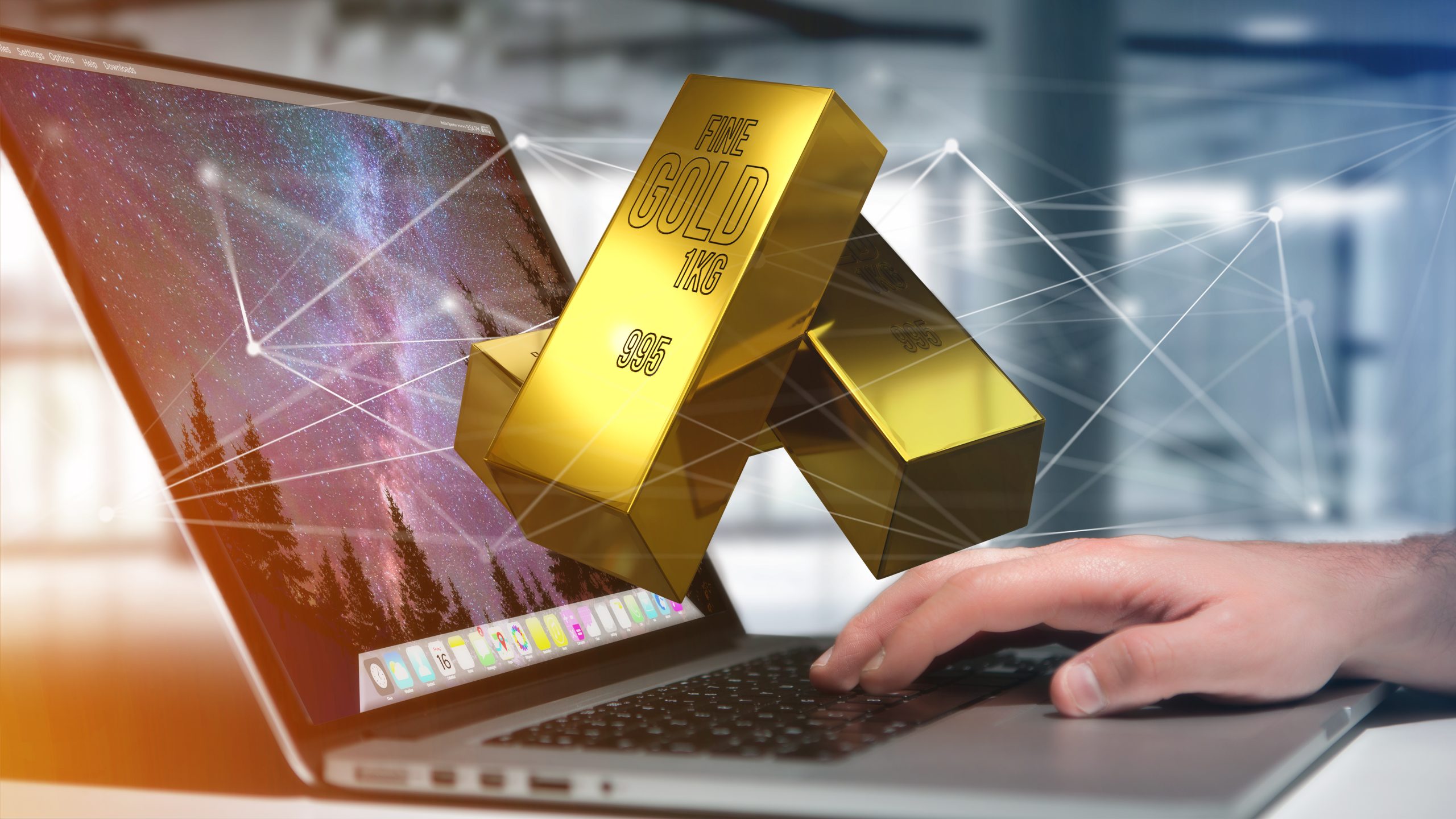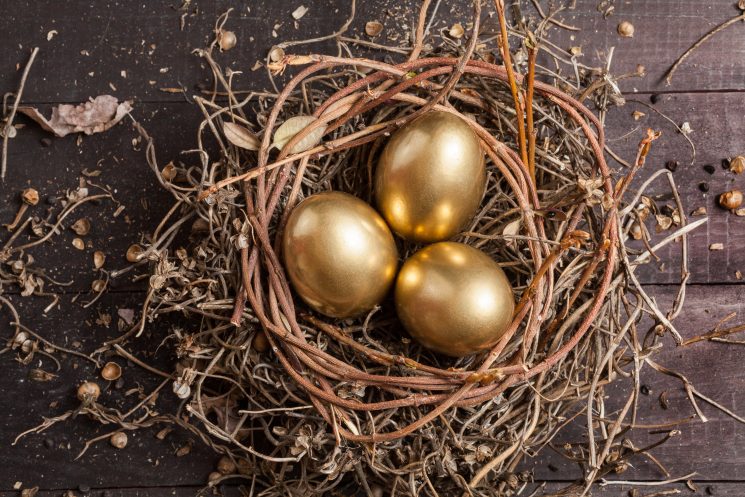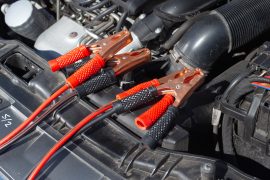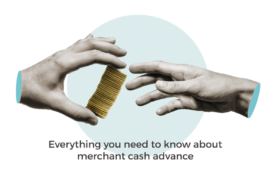They say retirement is an exciting period. And although the mechanics of retirement planning haven’t changed, longer life expectancy, lower yields from bonds, and the increasing number of companies moving away from giving a guaranteed amount of money for your pension are just some of the things that impact the simplicity of reaching your retirement goals.
Building your retirement savings is critical but takes too much time, which is why investing is a must to boost the growth of your fund in a more efficient manner. Investing in conventional instruments is fine, but experts suggest having anywhere from 5% to 10% of your assets in alternative investments to diversify your portfolio, offset against inflation, and gain positive returns.
One of the best alternative asset classes is gold. Investing in this precious metal has become popular because its price increases during significant market declines or recessions. As always, consult a licensed financial advisor before investing in gold so you can make good decisions in the long run.
In the meantime, here’s a brief guide to using gold as a retirement nest egg:
1. Gold IRA
A gold individual retirement account (IRA) allows you to own gold bullion and other alternative assets like cryptocurrencies and real estate.
Similarities with conventional IRAs include tax benefits, contribution limits, and withdrawal rules. What sets gold IRAs apart is the additional tax reporting, record-keeping requirements due to the complicated nature of the assets they hold, and extra charges you have to consider.
Additionally, the Internal Revenue Service (IRS) has strict rules regarding the type of gold one can own in a gold IRA, such as what USA Gold Bureau Gold IRA offers. The requirement is for physical gold bars or coins to have at least 99.5% purity.
Take note of these key players involved in your investment decisions:
- Custodian Or Trustee: Specialised firms that create and administer your account
- Depository: An IRS-approved company that’ll store or hold your actual gold bullion
Once you’ve gone through all the needed paperwork, you can now buy precious metal for your gold IRA through the following methods:
- Rolling over an existing retirement account to a gold IRA, which is a tax-free move since funds will remain in a certified retirement plan
- Transferring cash into the account to fund the purchase
- Depositing cash that falls within the allowable IRA contribution limit
2. Pooled Fund Investments
Suppose you’re not that crazy about jumping through a lot of hoops and paying for additional charges to own physical gold. In that case, you may want to consider investing in mutual funds or exchange-traded funds (ETFs) instead, which copy the movement of commodities.
Here are their similarities:
- Offer diversification of portfolio through securities bundling from gold-related companies
- Don’t need specialised IRA brokers, hence little to no existing extra costs upon enrolling
- Simpler process of opening a self-directed gold IRA
- Have passive and actively managed funds
- Investors pay taxes every time they profit
Their differences, on the other hand, are:
- The Complexity Of Structure: Mutual funds are more actively managed and offer multiple share classes, impacting the fees investors need to pay. Meanwhile, ETFs have lower management fees since many of them are passively managed since less trading is required.
- Pricing: For mutual funds, pricing is based on net asset value (NAV) that’s calculated at the end of a trading day. On the other hand, ETF pricing moves like stock, meaning it reflects real-time pricing of the securities inside a portfolio.

3. Gold Mining Stock Investment
Another way to build your retirement nest egg is by investing in gold mining companies. This type of strategy works best if you invest in gold stocks with historically strong dividend performance. These stocks tend to have higher gains when the market is bullish and fare better on average when the sector is bearish.
The stocks of gold mining companies don’t necessarily correlate with the price of gold all the time. Returns and growth also depend on the expected future earnings of a company, which are impacted by factors such as production costs, reserves, exploration developments, and effective management, amongst others.
A Word To The Wise
Building a nest egg takes time, and if you haven’t started yet, you better do so right now. Retirement savings are critical, but with the current global economy, inflation will eat away at your savings even before you reach your 60s; thus, it’s best to use investments like gold to leverage on the law of compounding.
Don’t be like those individuals who use guesswork to determine the amount of money they need to retire rather than using a retirement calculator or basing it on current expenses. Consult your financial advisor to assess your risk appetite objectively and the exact amount you need to retire comfortably. As with any investment, gold has its benefits and risks, so you have to take those into account as well.





